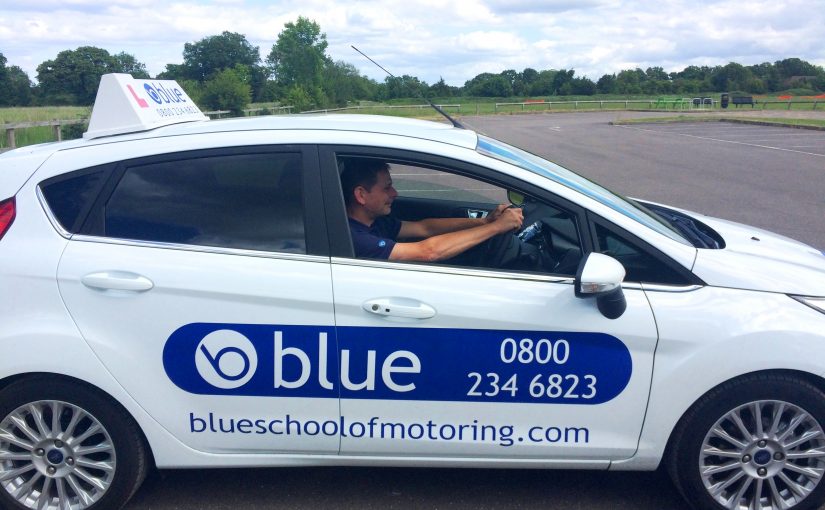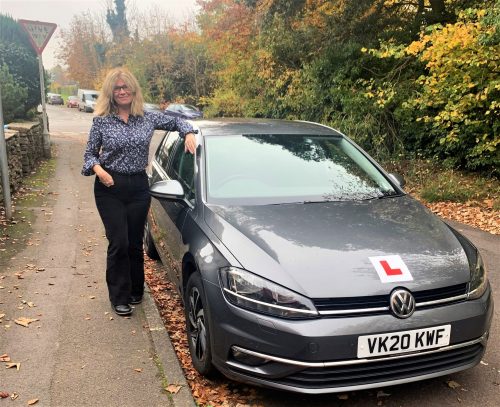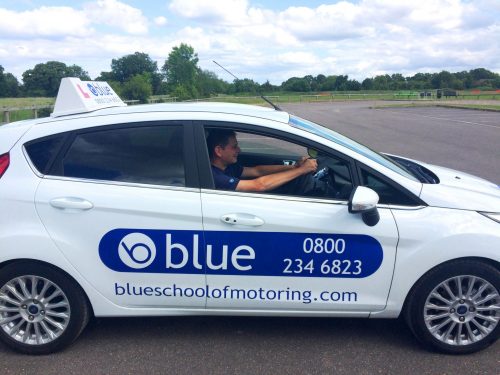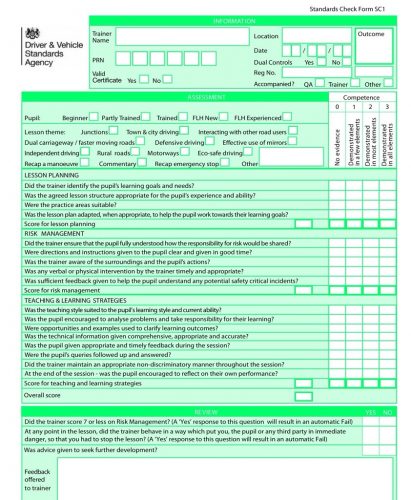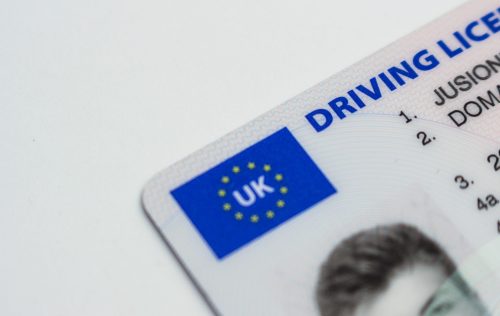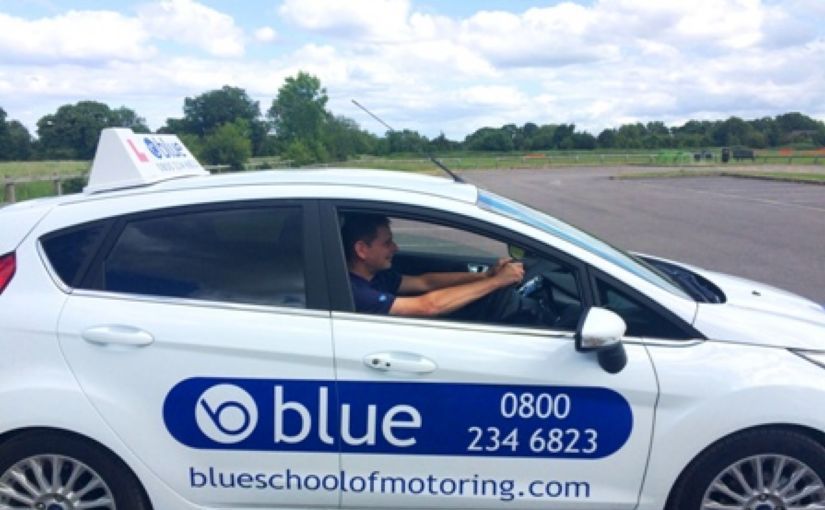You needed to show you can use the car’s secondary features and controls and know when to use them. This includes things like windscreen wipers, and heating.
You needed to show you can use these while driving, without losing control of the car.
Examples of faults
Some of the most common faults for this area include:
- not turning on the windscreen wipers when it starts to rain
- losing control of the car when using one of the controls
- not using the demisters to clear the front windscreen when needed
Your examiner may have explained the specific details of any faults you made.
How you can improve in this area
If you made faults in this area during your test, or if you want to improve in this area, you should read pages 61 to 71 of ‘The Official DVSA Guide to Driving: the Essential Skills’ (2020 edition)
If you need to rebook the test, spend time practising and improving this skill with your driving instructor trainer.





